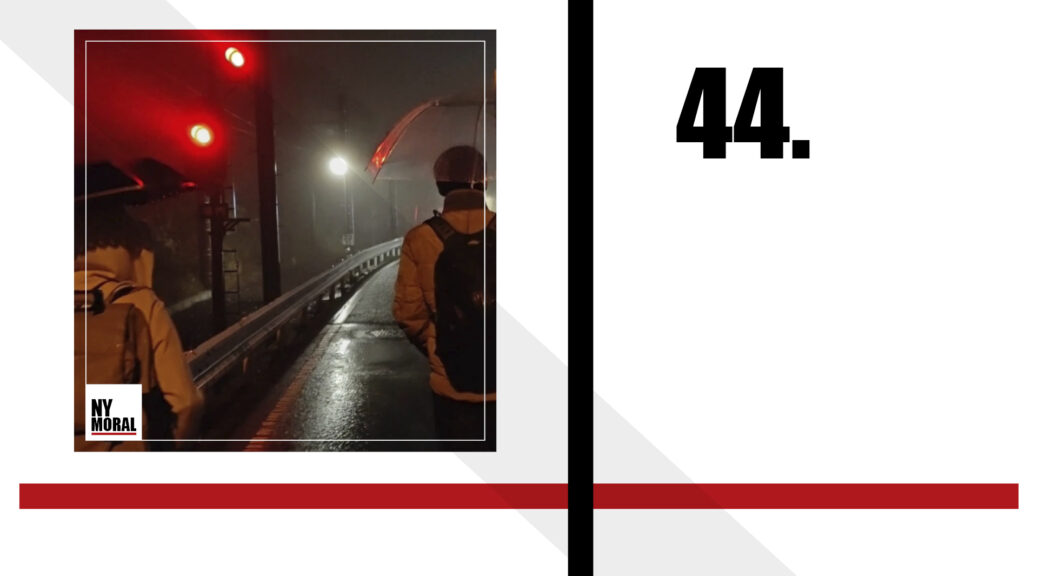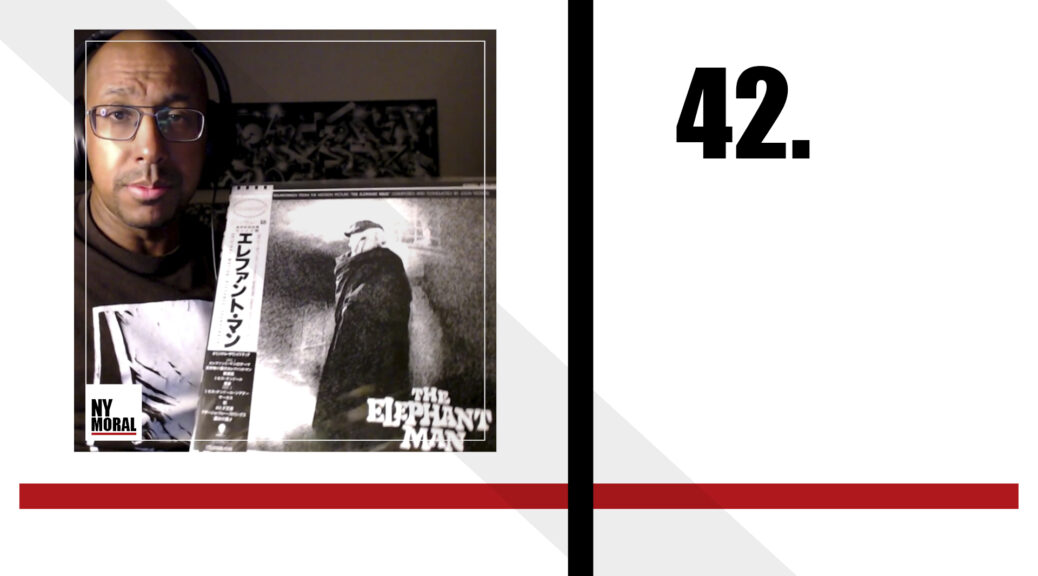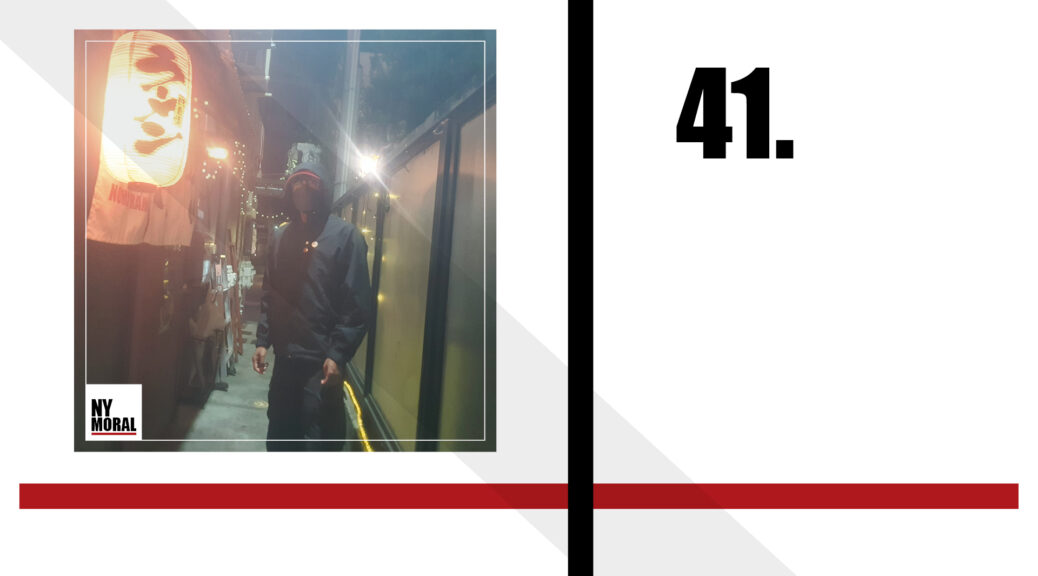36 minuter bonusbabbel på Patreon – Komplement till avsnitt 44
Category Archives: culture
43. Daniel Grassmann: 16 år i Japan – Japan del 10
Avsnitt 42 (Japan Haul – Japan del 9) finns endast på patreon.com/NyMoral
Avsnittet kan ses på Patreon
41. 2,5 timmes promenad i Tokyo – Japan del 8
39. Video: Japan del 6
36. Palle om Sanctum, Counterblast, Pale, Jönköping, Eldslandet etc
32. Fritt Fall 01: Thomas OKOK Gunnarsson om Indien, graffiti, kaos och ordning
Videoavsnittet kan tittas på här, fritt för alla.






